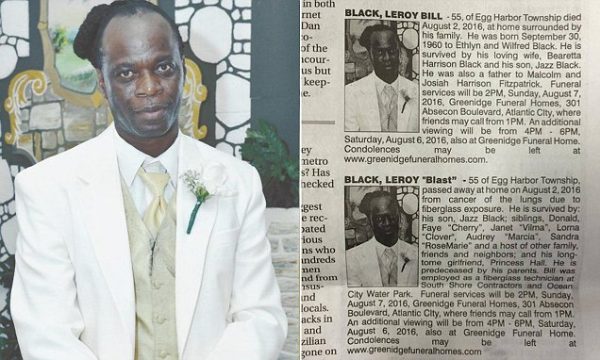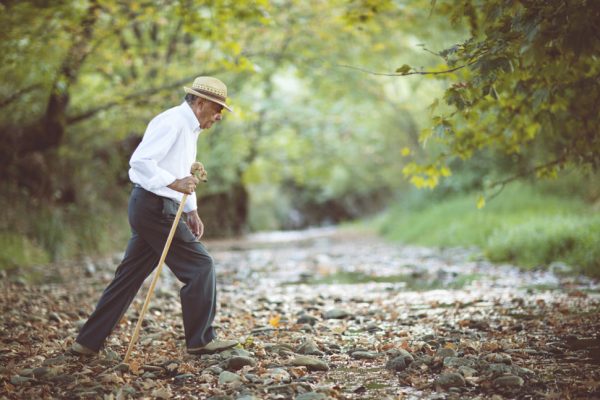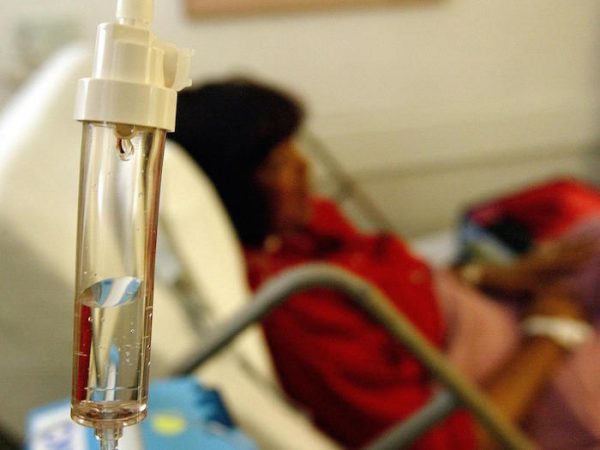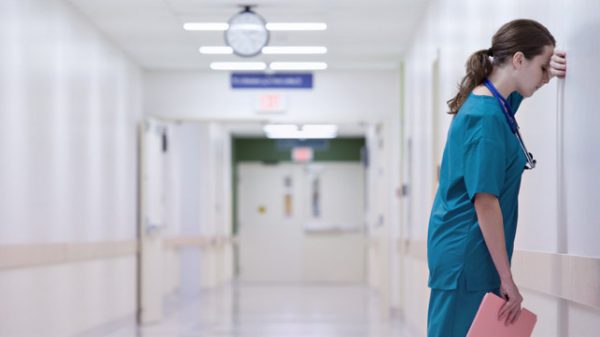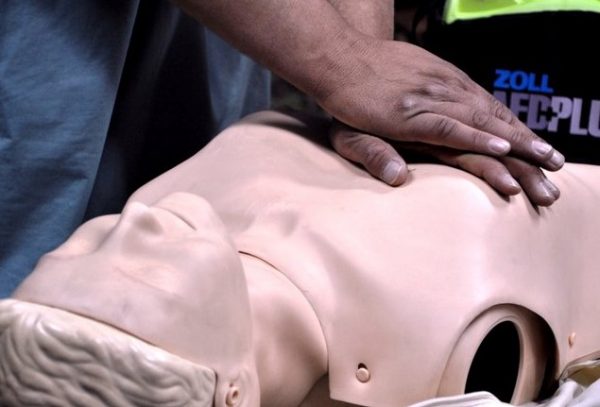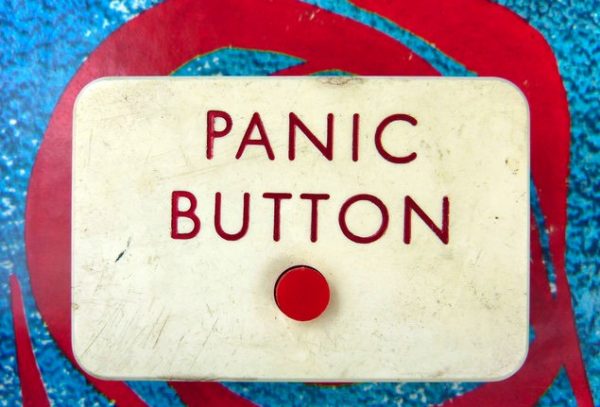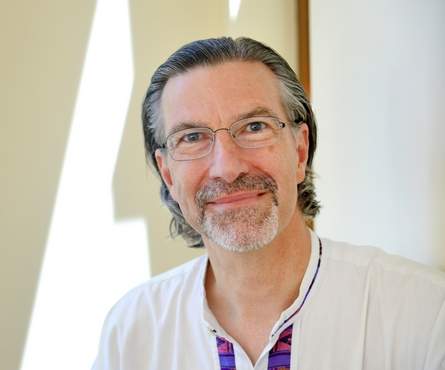By Kasia Galazka
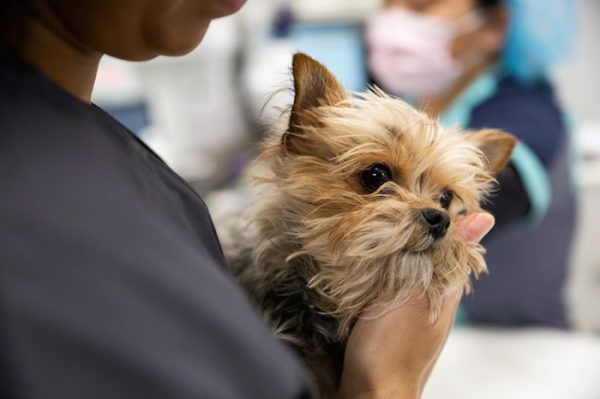
When I walked dogs at a Chicago animal shelter, I wondered how each one got there. Whether a stitched-up pup shirked from my touch or happily greeted me tongue-first, my eyes would well up with salt. I wanted to keep them all.
People who work in animal shelters or veterinary clinics try to save the animals that come through their doors. But they’re at high risk of compassion fatigue, a sustained stress that takes a toll on a caregiver’s mind and body — and her heart.
It can morph into many forms: Some feel guilt or apathy, others turn to substance abuse. Little data exists, but research suggests veterinarian suicide rates are some of the highest in the medical field, and a 2014 study of about 10,000 veterinarians found twice as much “severe psychological distress” in them than in the general public. One 1 in 6 veterinary school graduates say they have considered suicide.
People in the animal community know this is a risk, and they have stories of people they’ve known who have taken their lives.
Among the biggest strains for animal shelter employees is euthanasia, according to a 2009 study published in the Journal of the American Veterinary Medical Association. Derived from Greek terms that mean “good death,” euthanasia is viewed as a humane way to end an animal’s life by organizations including the American Veterinary Medical Association and PETA.
Though rates of animal euthanasia have sharply dropped in the last few decades, about 3 million cats and dogs are estimated to be put down every year. When faced with alternatives like neglectful owners or living on the street, a peaceful death might be the most merciful option, says Stephany Lawrence, a former shelter intake and adoptions manager in Denver. Shelter life can be scary, even detrimental, especially if the animal is ill or has a behavioral issue.
“Nothing is worse than killing an animal, but it’s a really, really compassionate process,” Lawrence tells Shots. The euthanasia is quick; the employees are tender. But the grief of a life extinguished and the suffering that preceded it can linger. “What I struggled with was how anyone could give up a pet or treat animals as disposable items,” she says. “And I actually think that’s probably something shelter workers have a hard time with, as much, or even more so, than euthanasia.”
Private animal hospitals practice euthanasia, too, but there the patient is often a beloved pet. And veterinarians and staff have to manage both the end of the animal’s life and the humans’ grief.
On some days, the tide of clientele truncates how much time and compassion a doctor can give a dying patient or an owner trying to cope. That’s when the fatigue rears for Krista Magnifico, a veterinarian in Jarrettsville, Md., who writes a behind-the-scenes blog “You feel guilty because you’re not there for them in the capacity that you want to be,” she says.
Veterinarians and rescue workers face another challenge: stressed out and even hostile humans. One reason is cost. Veterinary care can be very expensive, even with insurance, and financial constraints can lead to tense situations. If they escalate, stepping out for a breather or bringing in another staffer can help. Sometimes, conflicts escalate to the point where a clinic has to call the police.
Magnifico won’t turn away clients who love and want to help their pet. But if they’re not empathetic to the animal, or the relationship has fractured and no longer benefits the pet, she’ll suggest alternatives, like seeing another clinic. “I have to be very true to the core of who I am,” she says. “And with that, I know that I’m not a veterinarian for everybody.”
Once someone brought in a dog with a bone tumor in its leg. To relieve the pet’s pain, a staff member at Magnifico’s clinic advised that the limb be amputated. But the owner declined the procedure, tied the dog to a tree in front of the clinic, and left.
Sometimes clients ask for convenience euthanasia. Other times, owners threaten to kill the pet themselves. In those cases, the people at the end of the leash cause the most distress for animal shelter and clinic employees.
“The rhythm of a healthy life is fill up, empty out; fill up, empty out,” says Patricia Smith, founder of the Compassion Fatigue Awareness Project, which aims to help caregivers learn healthy forms of self care. But caregivers tend to spend their empathy on everyone but themselves, and they forget to refuel. “The result of that is we have nothing left to give,” Smith says. “We give from a place of depletion instead of abundance.”
“One of the hallmark signs of [compassion fatigue] is that you cannot undo what you’ve been exposed to, and your worldview is forever changed,” says Elizabeth Strand, founding director of the University of Tennessee’s veterinary social work program. Strand noticed a huge need in the veterinary environment for social work, and Tennessee was the first school in the country to create a specialty in veterinary social work. Michigan and Missouri now offer similar programs.
Veterinary social workers provide support for animal-related professionals who need an extra hand resolving stress or stubborn conflict. They can also gently guide grieving pet owners through heartbreak, or help figure out what to do when an animal is a victim of family violence.
Strand and others say that veterinary professionals are becoming more willing to talk about the mental health stresses of their work, and veterinary schools are addressing mental health and emphasizing communication skills.
To bolster resilience, students at Cornell University’s College of Veterinary Medicine participate at the teaching hospital as early as their first year, so that they’re accustomed to working with very sick animals and distraught owners. Students can also staff the school’s pet loss support hotline after special training.
The veterinary school at University of California, Davis, has one full-time counselor and one part-time counselor just for veterinary students. “As our counselor started getting busier and busier, we thought that we had a problem, and what we realized is that this was not a problem,” says Dr. Sean Owens, associate dean for admissions and student programs at Davis’ School of Veterinary Medicine. “We’re actually doing a better job of destigmatizing talking to mental health professionals, meaning that our students are now more likely to drop in and say, ‘I just spent four hours grieving with a client … How do I process it?’ ”
The Davis program provides yoga, art projects, massage therapists — even a surfing club. Clinical skills labs that use actors who practice common scenarios, though awkward, can lift confidence later. The school was the second veterinary school after Colorado State University to offer a “healer’s art” course, which embraces the emotional aspects of practicing medicine.
“What has really triggered [change] has been the greater publicity of suicides of veterinary students,” says Owens. “You’re not fully complete in this profession unless you’re able to grieve and be a human.”
Complete Article HERE!

